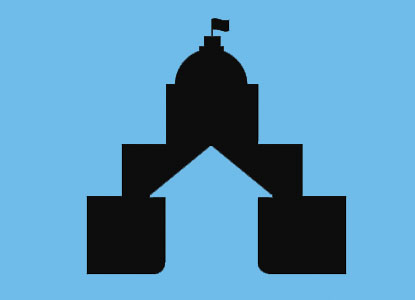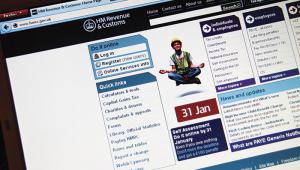By John Thornton | 3 September 2014
Online voting, five-minute digital tax returns and births automatically registered in the cloud. The future of e-government services has arrived – and it’s so much cheaper in Tallinn, too

At the next election I will yet again visit my local village hall, lean into a rickety plywood booth and cast my vote with a blunt pencil tied to the wooden frame. If I was an Estonian citizen I could vote in elections from the comfort of my own home or even another city or another country. Estonia is probably the most digitally advanced country in the world and its e-government services set a standard by which others should be judged. I recently saw a presentation by the Estonian government’s chief information officer. Interestingly, he is not a typical public servant, but a technology entrepreneur who made a lot of money when he sold his company. A non-competition agreement effectively prevented him from working in the private sector, so he joined the civil service.
Estonia sees information and communications technology, digital skills and digital government as ways of generating a global competitive advantage for a small country in a rapidly changing world. The government is working with the private sector to develop strong ICT skills across the population, implement a high-speed internet infrastructure and ensure the components of a strong digital economy are in place.
The belief in Tallinn is that you should only need to collect data once, and that data about a citizen belongs to that citizen. Therefore, if a government agency needs data it uses the existing sources and the citizen has the right to see when their data was accessed and for what reason. This means, for example, that when a baby is born, the parents don’t need to register the birth; the record is set up automatically.
Most Estonians can file a tax return from their armchair in just five minutes by confirming information already held. As a result of this approach it is estimated that the average citizen only needs to interact with the government 2.6 times a year. This in turn means that, while other governments are still digitising their services, the Estonians are already switching off online services that are no longer needed.
There is also a policy of ‘no legacy systems’. Any system that is older than 10 years must be reviewed and replaced before it reaches 13-years-old. When you reflect on how fast technology has advanced over the last 10 years, including advances in mobile communications, the growth in smartphones and the use of apps to access digital information, this makes sense on several levels. These older systems were not developed to work in real time, to be accessed over the internet or to be secured against modern cyber-attacks. Legacy systems are usually disproportionately expensive to maintain. Plus, renewing systems makes you review and update your processes and procedures.
The UK is no slouch when it comes to e-services and is certainly among the leading countries, but the Estonian approach ought to make us question some of our strategies and plans. Perhaps the biggest question was posed by the chief information officer. He pointed out that the UK public sector spends about £16bn a year on government IT compared to the £40m spent by Estonia. Surely, he said, tongue firmly in cheek, in the digital world all countries are the same size? We all need the same functionality and when we put our e-services in the cloud they can all be scaled up or down with only minor differences in costs?
Estonia is about twice the size of Wales with half the population, so direct comparisons are difficult, but perhaps he has a point.
John Thornton is an independent adviser and writer on business transformation, financial management and innovation [email protected]
This feature was first published in the September edition of Public Finance magazine


















